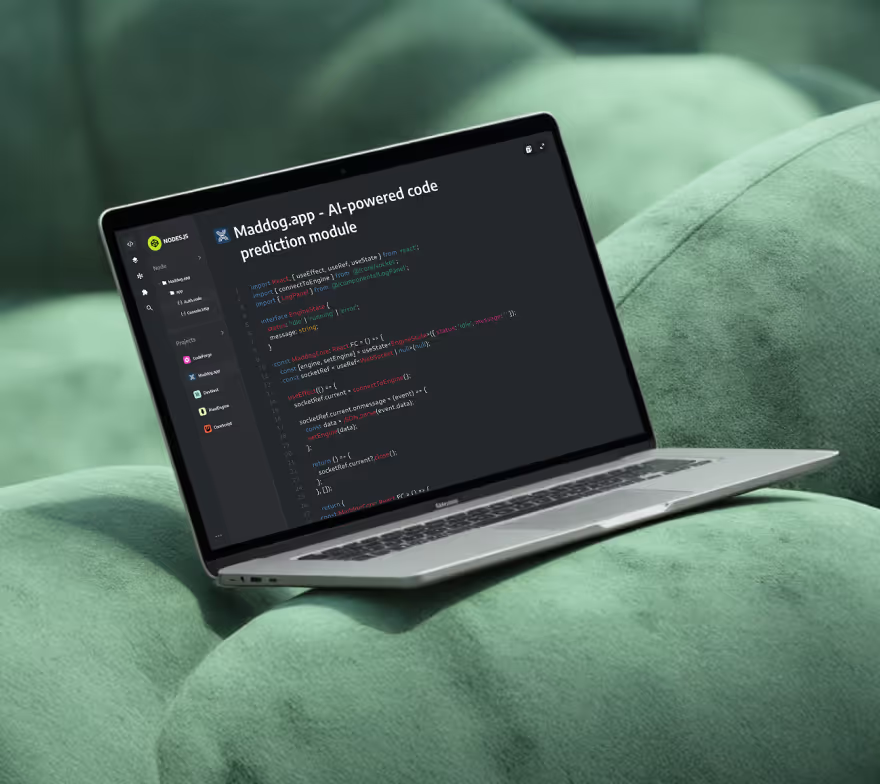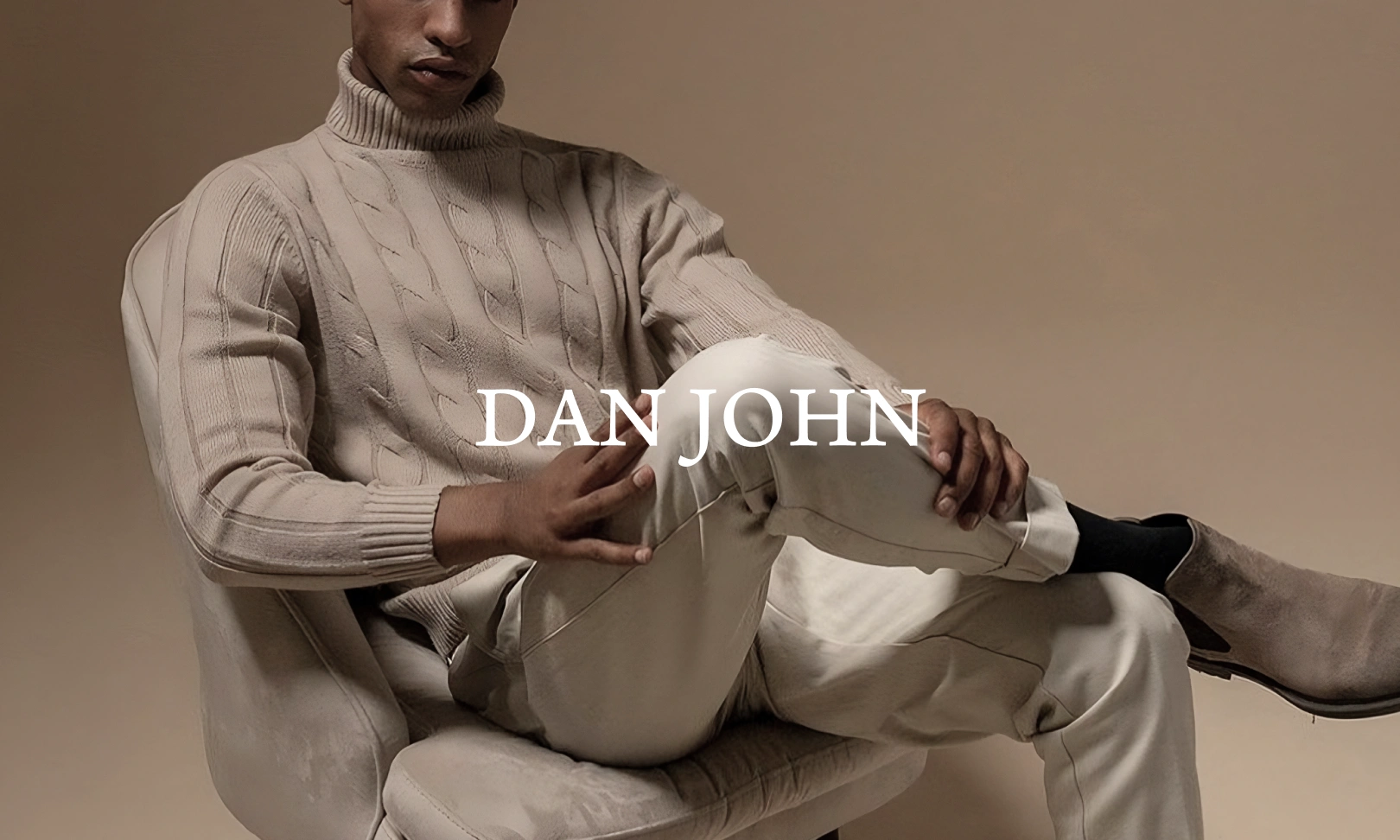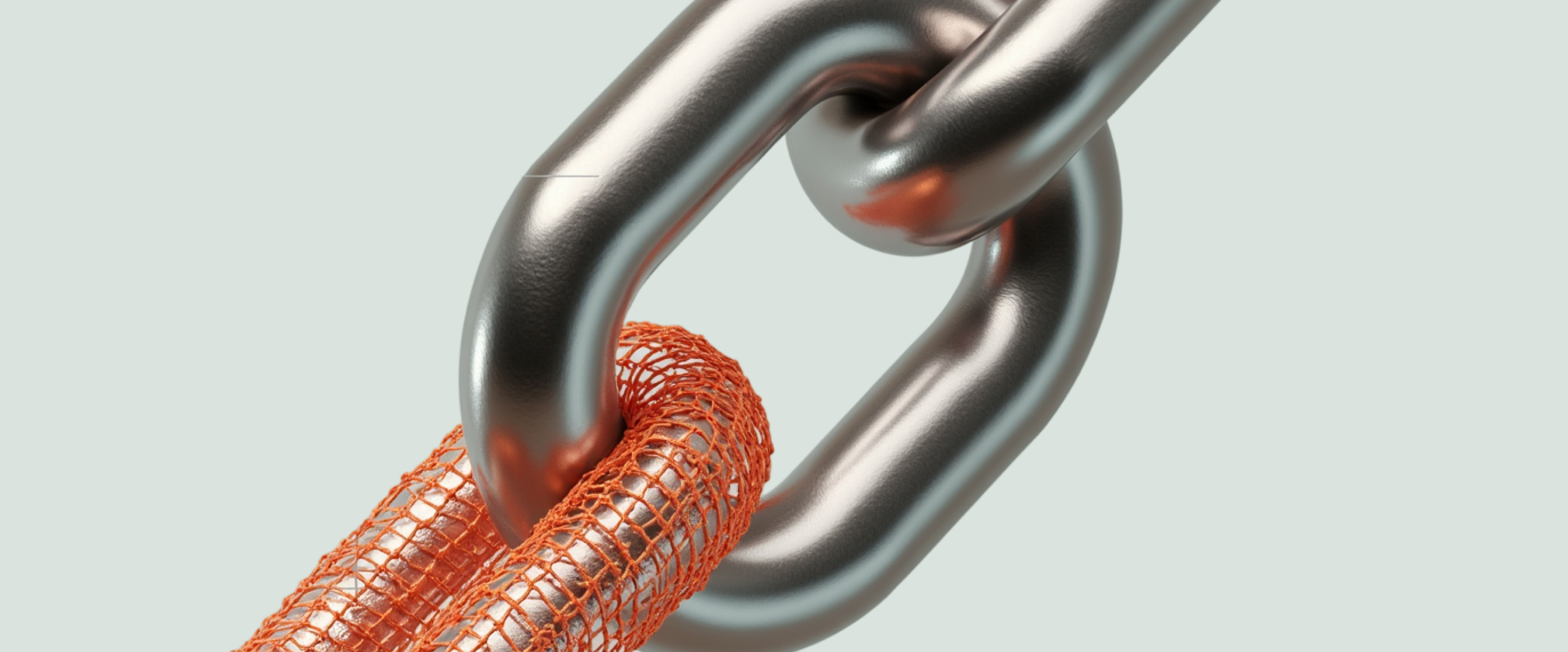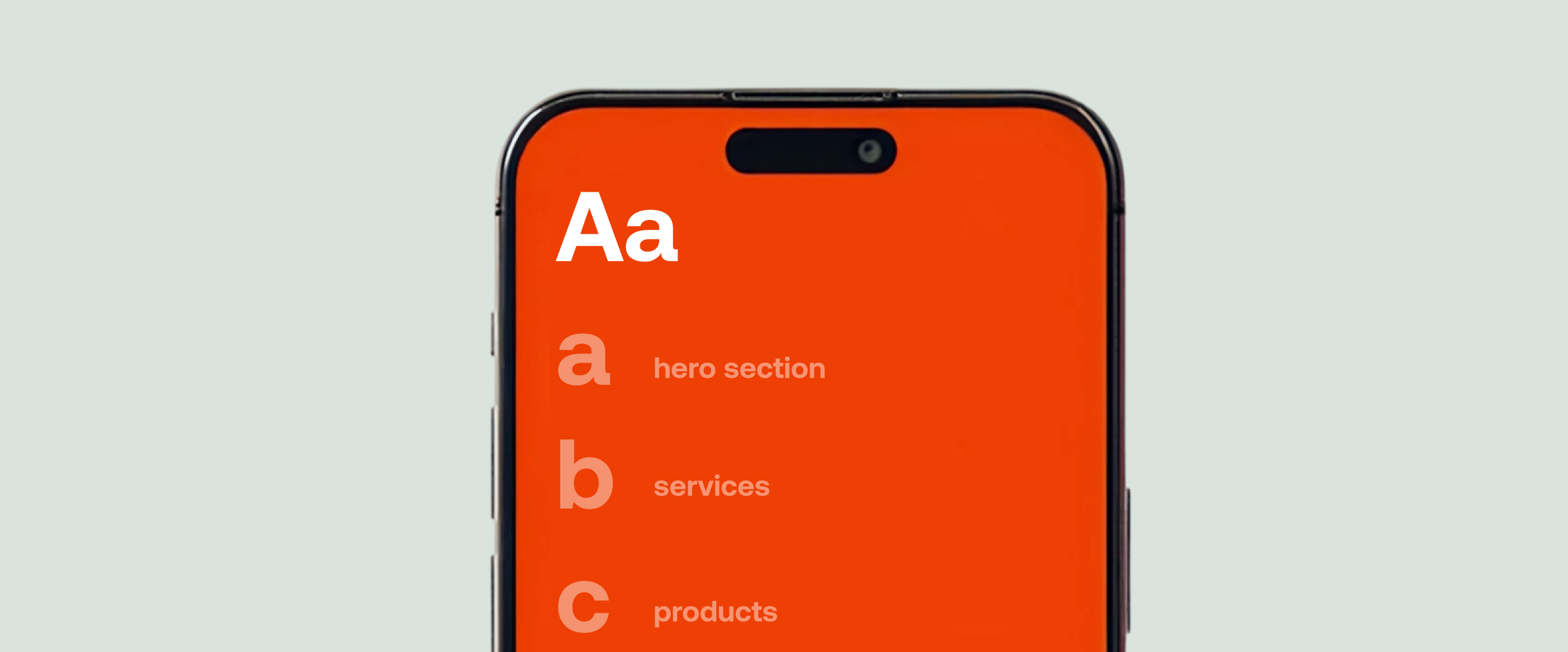











Recognitions
projects
Services

What Is a Design Brief for Your Project And How to Create It?



In this article, we will delve into the essence of the design brief, discuss its significance, and explore how it can pave the way for project success. No more navigating through chaotic email threads or grappling with missed details – with a well-crafted design brief, you can streamline communication, align expectations, and keep your project on track from start to finish.
Starting a new design project can be an exciting journey filled with creativity and innovation. However, without proper organisation and clarity, even the most brilliant ideas can become lost in a whirlwind of details. This is where the design brief steps in, providing clarity and structure.
In this article, we will delve into the essence of the design brief, discuss its significance, and explore how it can pave the way for project success. No more navigating through chaotic email threads or grappling with missed details – with a well-crafted design brief, you can streamline communication, align expectations, and keep your project on track from start to finish.
Deciphering the Design Brief
A design brief is a comprehensive project management document that outlines all the essential specifics of a design project.
But why is it so crucial? Firstly, it ensures alignment between the company and the designer throughout the project lifecycle. By harmonising their goals, it facilitates smooth progress from start to finish, providing a satisfying end result for all stakeholders. Additionally, it saves time and resources by confirming expectations before work commences.
The rationale embedded within the design brief equips designers with the necessary information about the new design, allowing them to establish clear goals and make purposeful and impactful decisions.
The design brief prevents confusion and errors. By clearly defining tasks, deadlines, and budgets, it keeps everyone focused and accountable. In cases of disagreements or changes during the process, the brief serves as a useful reference point for realigning efforts.
Finally, the design brief manages many preproduction and business aspects. It primarily focuses on project management and strategic alignment, thus laying the groundwork for bringing design ideas to life.
Unpacking the Components of a Design Brief
A design brief, though not set in stone, typically includes essential elements on which the entire design process is built.
Overview of the Business
This section provides essential context about the client, covering details such as company size, industry, market, brand guidelines, past projects, current design needs, and contact information. It ensures that all stakeholders grasp the client's brand identity and objectives. Additionally, it fosters trust with stakeholders by showcasing a deep understanding of the company’s unique aspects, primary needs, common themes, and expectations.
Project Overview and Scope
This segment lays the groundwork for understanding the purpose and objectives of the project. It clearly defines the tasks for the design team, including the designs to be created and the specific issues to be addressed through these designs. By detailing the project's scope and clarifying everyone's roles and responsibilities, this section helps manage expectations and prevent misunderstandings throughout the design process. Agreement on the project scope is crucial for ensuring alignment and clarity between both parties.
Design Goals and Objectives
This part of the design brief outlines the problem to be solved and the desired outcomes of the project. Goals establish the broader mission, while objectives set measurable targets for success. Being specific in defining these goals and objectives is vital for providing clarity and direction throughout the project.
Information about the Target Market or Audience
Understanding the demographics, behaviours, preferences, and needs of the target audience is crucial for creating designs that resonate with users. Crafting detailed personas based on ideal customer profiles and constructing a design idea board can further contextualise the audience's preferences and inform design decisions.
Competitor Information and Analysis
Conducting a thorough analysis of competitors provides valuable insights into industry trends, user expectations, and areas of differentiation. By studying competitors' past successes and failures, designers can refine their design strategies and develop innovative solutions that set the brand apart.
Project Timeline or Schedule
Setting up a clear timeline with key milestones and deadlines, estimating the duration of each stage, and scheduling regular updates ensures smooth progress, maintains project deliverables on time, and keeps the project on track. Moreover, a realistic and flexible schedule allows for adjustments to accommodate potential changes or unexpected obstacles.
Project Budget
Estimated costs for each task, coupled with flexibility for unforeseen expenses, help manage expectations and mitigate conflicts related to budget constraints. Clear communication and transparency regarding budgetary considerations foster trust and alignment between both parties involved in the project.
Project Deliverables
This section outlines the expected deliverables, detailing what the client will receive at the end of the project, along with the final product's specifications, such as file formats, sizes, resolutions, and more. Providing clear standards and detailed descriptions of the deliverables ensures alignment between client expectations and project outcomes.
Other Relevant Information
Depending on the project, this section may include additional details like specific requirements, restrictions, or approval processes. Providing relevant information ensures comprehensive coverage of all aspects that may impact project execution and delivery.
Once these fundamental elements are in place, the design brief can be customised to meet the specific requirements of the project or client. Its format may vary from a formal, extensive document to a concise, one-page summary, tailored to fit your internal design workflow.
Navigating Design Brief Creation
Getting a design brief right means knowing what to include. Let's break it down.
Identify the key players involved in the project, from clients to designers and project managers. Understanding the team composition sets the stage for smooth collaboration.
Provide a snapshot of the client's business, covering details such as company size, industry, brand identity, and distinguishing factors. This establishes the foundation for understanding the client's needs.
Define the project scope, outlining the specific parameters of the project. A clear scope prevents any misunderstandings later on.
Gain insight into the intended audience for the design, including demographics, preferences, and behaviours. Understanding the audience ensures the design resonates with the right demographic.
Analyse competitors' activities to understand industry standards, identify trends, gaps, and gather inspiration for a winning design strategy.
Establish measurable goals and objectives for the project to define success and keep everyone focused on achieving the desired outcomes. Utilise the SMART framework to create goals that are Specific, Measurable, Achievable, Relevant, and Time-bound.
Determine if there are any existing brand assets or guidelines that can be leveraged for the project. Utilise existing customer information to develop detailed audience personas if necessary. This saves time and maintains consistency with past branding efforts.
Develop a timeline with deadlines and milestones to ensure timely completion.
Discuss budget considerations and allocate funds for design services, materials, and other expenses. Transparency regarding budget constraints and potential areas for additional investment avoids surprises later in the project.
Provide a concise summary of the key points in the brief for quick reference by all stakeholders.
Here are some tips for creating a successful design brief.
Maintain a balance between detail and length in the design brief. While it is essential to provide enough detail, keep the brief concise, preferably under two pages, to avoid confusion.
Ensure that the design brief is focused and specific. Articulate project goals, objectives, and deliverables clearly to avoid ambiguity.
Avoid common pitfalls such as overloading with unnecessary information or being too restrictive.
Supplement the design brief with visual aids such as mood boards, sketches, or mockups to convey design concepts and ideas more effectively.
Encourage collaboration among team members – it enhances the quality of the design brief.
Remember to update the brief as needed to reflect changes or new insights throughout the project.
With these steps and tips in mind, you are well-equipped to craft a design brief that effectively communicates project goals and requirements.
Harnessing the Power of a Well-Crafted Design Brief
With a comprehensive design brief in hand, UX/UI designers can easily pave the way for successful outcomes. Let's explore some of its key benefits.
Establishing Guidelines
The design brief sets clear guidelines and expectations for the project. It helps control creativity and aids in making informed decisions, ensuring that the project stays focused and on course.
Fostering Trust and Collaboration
Having a detailed project brief instills confidence in the client that everyone is working towards a shared goal. Real-time access to project details fosters efficient cooperation between the client and the execution team, leading to quicker response times and enabling both parties to address questions or issues effectively.
Facilitating Clear Communication
With all stakeholders having access to a written document that clearly outlines project requirements, expectations, and constraints, communication barriers are minimised, and everyone remains informed and aligned throughout the project lifecycle. This clarity reduces misunderstandings, disagreements, and ambiguity, with the design brief serving as a solid point of reference.
Deepening Understanding
Valuable insights into the company and its target audience, including brand identity, market landscape, and user preferences, empower designers to choose the right direction and create solutions that resonate with the intended audience.
Setting Clear Expectations
Providing clarity and direction upfront saves time and resources by establishing clear expectations. By aligning on project timelines, budgets, and deliverables early on, both designers and clients can avoid misunderstandings and ensure project success. Designers can also use the brief to measure their work against defined goals.
Ensuring Quality and Consistency
A design brief sets standards for the quality and types of deliverables expected throughout the project. By defining these parameters upfront, designers can ensure their work meets client expectations and maintains consistency across all project elements.
Simplifying Onboarding
With the design brief, onboarding specialists onto the project becomes easier. By consolidating all requirements into one document, it eliminates the need for constant assistance from colleagues.
Despite its importance, many businesses may prefer to proceed without planning – according to the Invision report, only 21% of mid-level companies utilise design briefs. However, careful planning significantly increases the chances of success. Success stories in design often trace back to projects that began with a strong design brief, highlighting the value of clarity, collaboration, and foresight it brings to the table.
Analysing examples of design briefs, such as those from Nike and Reebok, can offer valuable insights and inspiration for your own projects.
Nike's advertising campaign brief emphasises the company's commitment to employee welfare. The executive team receives a clear outline of the project's objectives and the steps needed to achieve the desired impact. Nike also specifies the programmes, colour schemes, typefaces, and durations to be utilised. Moreover, Nike identifies the problem targeted by the collaboration and provides an overview of the current situation. The description of the target audience is also incorporated, adhering to best practices for design briefs.

On the other hand, Reebok's campaign brief places primary emphasis on the target audience. Nevertheless, it still furnishes the design team with all essential information, including the primary objective, brand tone, relevant insights, and specifications for the desired outcome. Despite some gaps in the brief, Reebok ensures clarity and detail, meeting the fundamental criteria for an effective design brief.

Avoiding Design Brief Blunders
While a well-crafted design brief can significantly enhance the success of a project, certain mistakes can hinder its effectiveness. Here are some common errors to watch out for.
Not Setting Clear Goals, Scope, and Requirements
A design brief lacking clear goals and project parameters makes it challenging for designers to evaluate the effectiveness of their solution. Use specific language and provide detailed instructions to avoid confusion and inaccurate results.
Skipping Research of the Business
Neglecting comprehensive research can result in superficial briefs missing critical aspects, which can lead to misunderstandings and misalignment between the client and the design team. Thoroughly research the client's business, industry, and competitors to gather relevant information.
Ignoring the Target Audience
Losing sight of the target audience and neglecting their needs leads to designs that fail to resonate with users. Conduct thorough research to understand the audience's demographics, behaviours, and preferences, informing design decisions accordingly.
Overlooking Constraints
Failure to consider constraints such as budget limitations, technical requirements, and deadlines can lead to overspending, unrealistic expectations, and project delays. It can compromise quality and lead to rushed work. Document and communicate constraints clearly to manage expectations effectively.
Neglecting Feedback
Design briefs should be collaborative documents that evolve over time based on feedback from stakeholders. Actively seek input throughout the creation process and be open to revisions to ensure the brief meets everyone's needs and expectations.
Closing Notes
Integrating design briefs into your UX/UI design projects can truly make a difference. When you invest time in creating a thorough design brief, you gather all the vital information necessary for your design team's success, outlining project goals and deliverables, aligning stakeholders, and setting clear expectations. From now on, any work done during the project becomes a lot easier.
So, don't hesitate to start incorporating design briefs into your workflow today. The effort you put into creating a thorough design brief will pay off in the form of smoother project execution, satisfied clients, and impactful design outcomes. Once you have finished working on the design brief and received stakeholders' approval, it is time to begin the design project. You can further streamline your design projects with Fourmeta UX/UI services, obtaining innovative solutions that meet the needs of your clients and users.




.avif)






















.avif)



